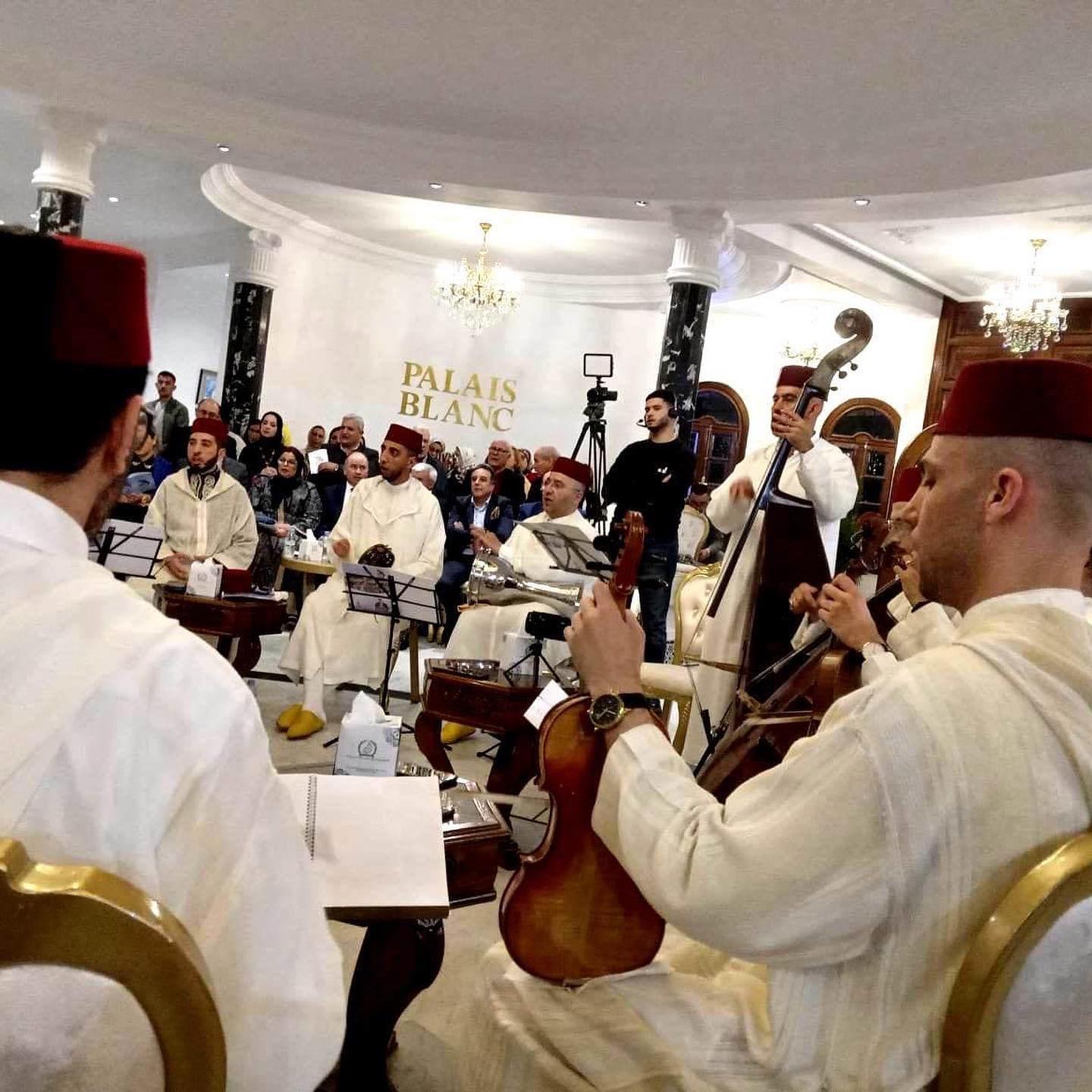When exploring Morocco's rich musical heritage, few traditions are as captivating as Andalusian music, locally known as "Al-Ala." This sophisticated musical form, brought to Morocco by Moriscos fleeing Spain, has evolved over seven centuries while maintaining its authentic character and special place in Moroccan society.
The Historical Roots of Andalusian Music
Andalusian music traces its origins to 9th-century Cordoba, where the legendary musician Ziryab revolutionized the musical traditions of Islamic Spain. After fleeing Baghdad, Ziryab established a prestigious music school in Cordoba, introducing new instruments, compositions, and performance techniques that would define Andalusian music for centuries to come.
The Morisco Migration and Musical Preservation
The journey of Andalusian music to Morocco intensified after the fall of Granada in 1492. As Moriscos faced persecution and eventual expulsion from Spain in 1609, they brought their rich musical heritage to North Africa. Morocco, particularly cities like Fez, Tetouan, and Chefchaouen, became primary centers for preserving and developing this musical tradition.

Musical Structure and Composition
The Nuba System
The foundation of Andalusian music lies in its unique organizational system called "Nuba":
- Complex suite-like compositions
- Specific modal progressions
- Five distinct sections representing different times of day
- Careful integration of rhythm and melody
Poetic Elements
Andalusian music incorporates sophisticated poetry forms:
- Muwashahat (strophic poems)
- Zajal (colloquial verse)
- Traditional Arabic qasidas
- Themes of love, nature, and spirituality

Traditional Instruments in Andalusian Music
The authentic sound of Andalusian music relies on specific instruments:
- Rabab (two-stringed fiddle)
- Oud (Arabic lute)
- Tar (frame drum)
- Kamenja (violin)
- Darbouka (goblet drum)
- Qanun (zither)
The Schools of Andalusian Music
Three major traditions developed across North Africa:
- The Seville School: Flourished in Libya and Tunisia (known as "Malouf")
- The Granada School: Spread throughout Algeria
- The Valencia School: Prospered in Morocco alongside Granada traditions
Modern Preservation and Practice
Today's efforts to preserve Andalusian music include:
- Dedicated conservatories in major Moroccan cities
- Regular festivals celebrating the tradition
- Cultural associations maintaining authentic practices
- Professional orchestras performing the classical repertoire
- Contemporary adaptations maintaining core elements
Cultural Impact and Significance
Andalusian music maintains deep cultural significance:
- Essential element in traditional Moroccan celebrations
- Symbol of Morocco's historical connection to Al-Andalus
- Representative of cultural fusion and tolerance
- Living bridge between past and present musical traditions
Educational Role
The tradition continues through formal education:
- Specialized music schools teaching traditional methods
- Master-apprentice relationships
- Regular workshops and masterclasses
- Documentation and preservation of historical compositions
Global Recognition and Future Prospects
Andalusian music continues to gain international recognition:
- UNESCO cultural heritage status efforts
- Growing interest from world music enthusiasts
- Fusion projects with other musical traditions
- Regular international performances and collaborations
Have you experienced a live performance of Andalusian music in Morocco? Share your thoughts about this fascinating musical tradition in the comments below!
